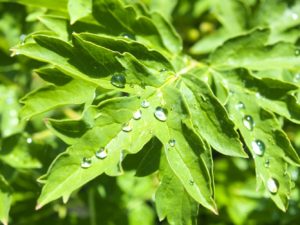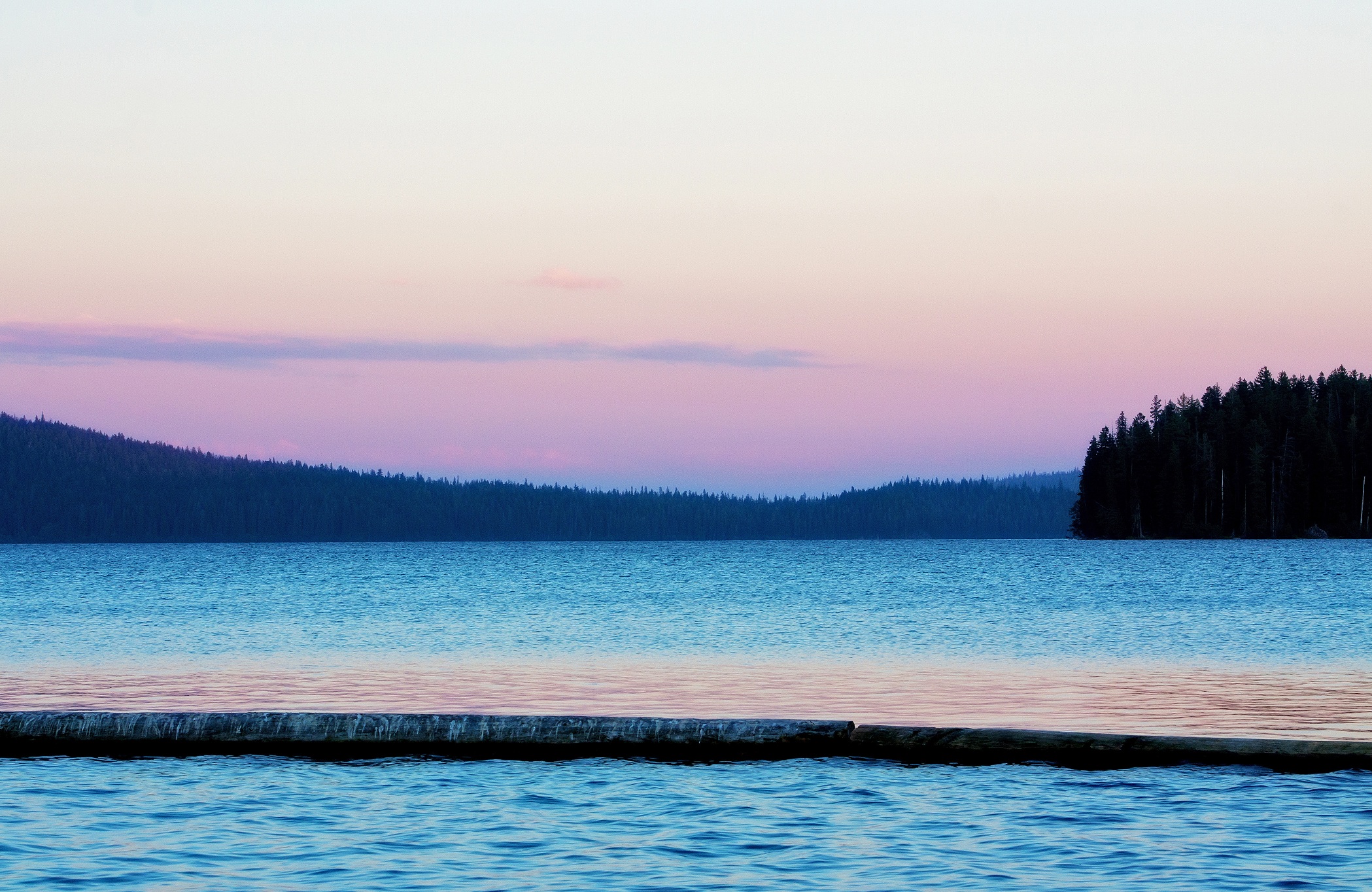The Great Lakes comprise five freshwater bodies near the Canadian border in the North-American Mid-East region. Also known as the Laurentian or Global Great Lakes, they connect with each other and to the Atlantic Ocean via the Saint Lawrence River. Consisting of lakes Erie, Huron, Michigan, Ontario and Superior, these make up the biggest collection of the world’s freshwater bodies.
 Because of their meteorological and environmental characteristics such as sustained winds, rolling waves, strong currents, distant horizons and great depth, they’re also known as inland seas. The Great Lakes hold 21 percent of the earth’s fresh water by volume (5,439 cubic miles). Their complete surface area spans 94,250 square miles. Lake Michigan has the distinction of being the only one of the five that falls entirely within one country, and the others form an aquatic border between Canada and the United States. Lake Superior is the world’s second-largest freshwater body in regards to areal coverage.
Because of their meteorological and environmental characteristics such as sustained winds, rolling waves, strong currents, distant horizons and great depth, they’re also known as inland seas. The Great Lakes hold 21 percent of the earth’s fresh water by volume (5,439 cubic miles). Their complete surface area spans 94,250 square miles. Lake Michigan has the distinction of being the only one of the five that falls entirely within one country, and the others form an aquatic border between Canada and the United States. Lake Superior is the world’s second-largest freshwater body in regards to areal coverage.
The Great Lakes formed approximately 14,000 years ago when ice sheets retreated and uncovered hollowed areas towards the end of the latest glacial era. These subsequently filled with melted water. Because of their locations, these bodies of water have been a main thoroughfare for trade, transportation and migration. The lakes function as a habitat for many aquatic species, but their biodiversity has been affected by the introduction of invasive species.
While all five lakes have their own basins, they interconnect and form a single body of water. This collective body is known as the Great Lakes Basin. The resulting chain connects the eastern central part of the North American continent to the Atlantic Ocean. The water flow starts at Superior, at the Saint Lawrence River outlet, and meanders to Huron, Michigan, south to Erie and north to Ontario. There are around 35,000 islands and several thousand inland lakes within the collective basin.
The combined lakes’ surface area almost equals the size of the United Kingdom. The whole basin, including the land areas the water creates within, measures almost the size of France and the UK combined. Some of the lake area falls under the jurisdiction of Ontario, and the rest is divided among the states of Indiana, Illinois, Michigan, Minnesota, Ohio, New York, Pennsylvania and Wisconsin.
Erie, Huron, Michigan and Superior are located at nearly the same elevation. Lake Ontario is located significantly lower. As such, the former four are the Upper Great Lakes, regardless of where you live and in which direction you travel.
